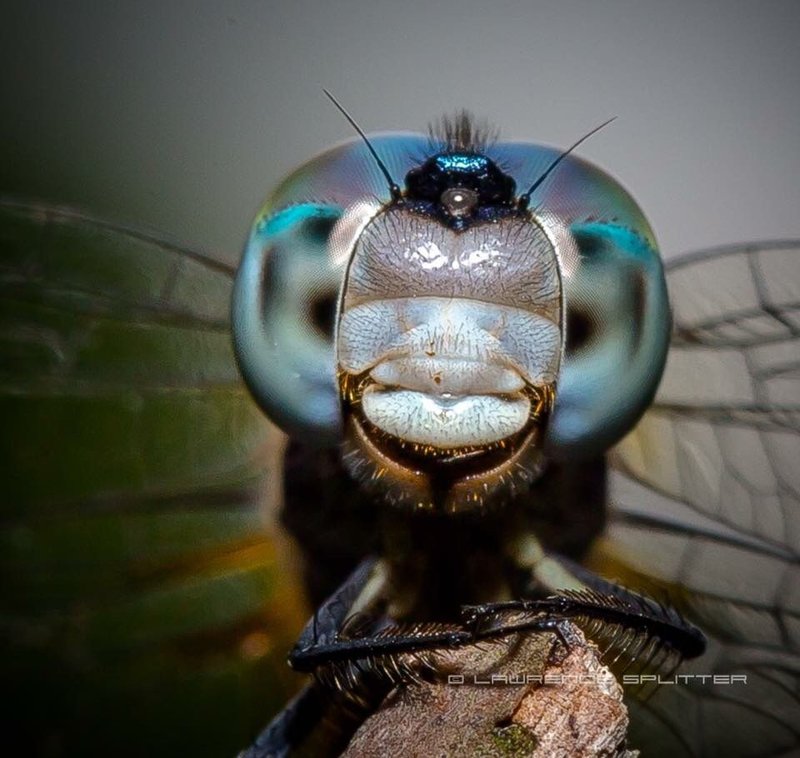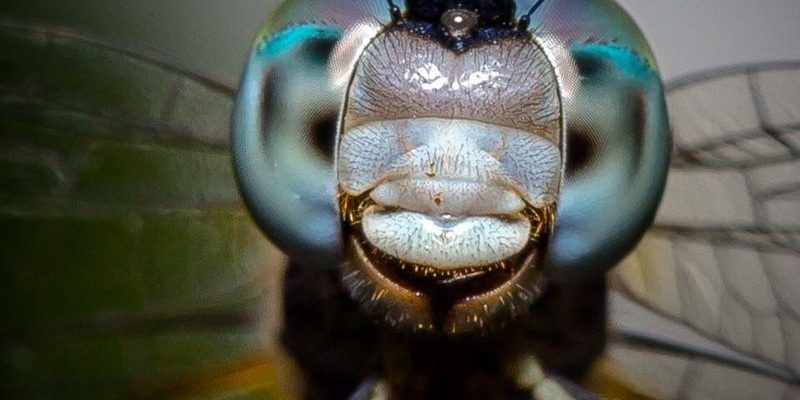
Imagine a superhero team that’s so small, you might not even notice them. These wasps don’t just hang out at the local café; they actively seek out hornworms and other pests, laying their eggs inside them. When it comes to natural pest control, these wasps are like nature’s secret weapon, quietly working to keep hornworm populations in check. So, let’s dive into how these fascinating creatures can save your garden, shall we?
What Are Hornworms and Why Are They Problematic?
Hornworms are the larvae of specific moths, such as the tobacco hornworm and the tomato hornworm. These caterpillars can grow up to four inches long and are known for their distinctive horn-like protrusion on their rear end. They typically camouflage with the green leaves of the plants they feast on, making them hard to spot until significant damage has been done.
So, what’s the big deal? Well, hornworms are relentless eaters. A single hornworm can consume several leaves and even the stems of your plants in just a few days, leading to stunted growth and reduced yields. If you’ve ever had a tomato plant suddenly wilt or seem to be missing leaves, there’s a good chance a hornworm is to blame. You might be wondering, “How can I keep them away without resorting to harsh chemicals?” That’s where parasitic wasps come into play.
What Are Parasitic Wasps?
Parasitic wasps are tiny insects belonging to various families, with many species targeting specific pests like hornworms. Unlike regular wasps that might invade your picnic, these little guys have a much more noble goal: they help keep harmful pest populations in balance.
These wasps don’t sting humans; instead, they lay their eggs inside their host (in this case, the hornworm). Once the eggs hatch, the larvae feed on the hornworm’s insides, ultimately killing it. Doesn’t sound too pleasant for the hornworm, but it’s a natural form of pest control that’s been around for ages.
The most common type of parasitic wasp for hornworm control is the *Cotesia congregata*. This wasp has evolved specifically to deal with hornworms, making it an effective ally for gardeners.
How Do Parasitic Wasps Work?
When parasitic wasps are introduced to your garden, they go to work pretty quickly. Here’s how the process typically unfolds:
1. **Search and Locate**: The female wasp uses her keen sense of smell to find hornworms. Once she locates one, she’ll land on it and, with precision, inject her eggs into the hornworm’s body.
2. **Growth and Development**: After a few days, the wasp larvae hatch inside the hornworm. As they grow, they consume the hornworm’s tissues, which is what leads to the hornworm’s ultimate demise.
3. **Emergence**: Once fully developed, the young wasps will emerge from the now-dead hornworm, ready to find new hosts and continue the cycle. This means that one tiny wasp can start a chain reaction in controlling hornworm populations.
You might be thinking, “Is this really safe for my garden?” Absolutely! Parasitic wasps are harmless to humans and pets, making them an eco-friendly choice for pest control.
Benefits of Using Parasitic Wasps
There are several reasons why introducing parasitic wasps into your gardening practice is a smart move:
– **Natural Control**: They act as a natural predator, reducing the need for chemical pesticides that can harm beneficial insects and the environment.
– **Sustainable Solution**: Parasitic wasps help to maintain balance in the ecosystem of your garden, effectively targeting specific pests without harming other species.
– **Long-term Effects**: Once established, parasitic wasps can continue to control hornworm populations over time, reducing future infestations and the need for interventions.
Think of them as dedicated pest control agents that are always on the job, working tirelessly to keep your garden thriving.
How to Introduce Parasitic Wasps to Your Garden
If you’re ready to give these miniature superheroes a chance, here’s how to introduce them:
1. **Purchase Wasp Parasites**: You can buy parasitic wasps from garden supply stores or online. Brands like “Gardener’s Supply Company” often carry these beneficial allies.
2. **Timing**: The best time to release them is when hornworm populations are on the rise, which is usually in the warmer months.
3. **Release Method**: Once you have your wasps, follow the instructions provided with your purchase. Typically, you’ll want to sprinkle them around areas where you’ve noticed hornworms or their signs of damage.
4. **Monitor Progress**: Keep an eye on your plants. If you notice a decrease in hornworm numbers, the wasps are doing their job. It might take a week or so to start seeing results.
Alternatives to Parasitic Wasps
While parasitic wasps are a fantastic option, they aren’t your only choice for managing hornworms. Here are a few alternatives:
– **Handpicking**: If you don’t have too many hornworms, simply handpicking them can be effective. It’s like being a vigilant gardener detective!
– **Companion Planting**: Some plants, like marigolds, can repel hornworms. Planting them alongside your tomatoes can create a natural barrier.
– **Neem Oil**: This natural pesticide disrupts the life cycle of hornworms and can deter their presence. Just be sure to apply it carefully and according to instructions.
Each method has its advantages, so consider your garden’s needs when deciding how to tackle hornworms.
Using parasitic wasps to control hornworm populations isn’t just a clever gardening hack—it’s a holistic approach to pest management. With their natural ability to target and reduce pest numbers without harming your garden, these tiny wasps can effectively swing the tide in favor of your plants.
As you consider your gardening strategy, embrace the idea that nature has its own checks and balances. By welcoming beneficial insects like parasitic wasps into your garden, you’re not just protecting your crops—you’re fostering a healthier ecosystem. So why not give these little helpers a chance? Your tomatoes (and your peace of mind) will thank you!

